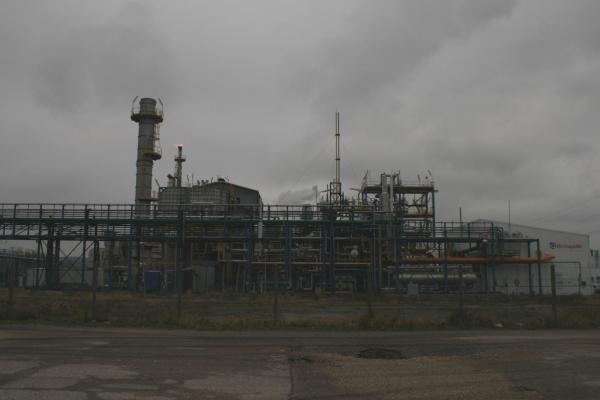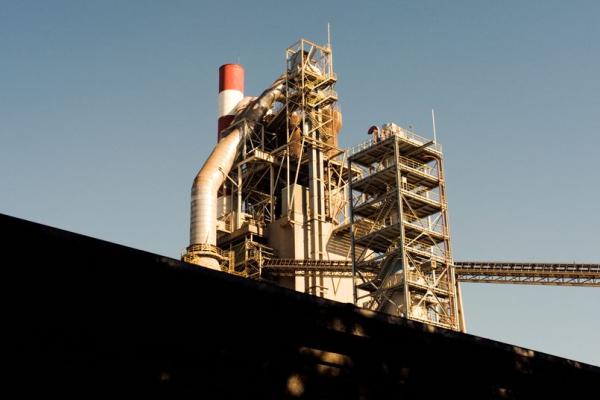The European Union is betting heavily on carbon capture and storage to meet its decarbonisation plans. By 2030, it aims to have a capacity for 50 million tons of CO2 per annum, compared to only 2,7 Mt today.
By 2040 the ambition is to be capturing 280 million tons, an enormous scale-up that will require building facilities to capture, transport and store CO2 across the continent. But several major infrastructure projects backed by EU funds are already struggling for a variety of reasons, from high operating costs to limited capacity for specialised ships to transport CO2 and local opposition.
These problems raise concerns that the bloc’s policy of heavy industry decarbonisation, and its emissions reductions targets might fail to meet expectations.
Key findings:
- CCS projects capture most of the public subsidies for decarbonising heavy industry, reducing the share devoted to other, less costly and more effective solutions in the short term.
- Pycasso, the first onshore storage site in France, had to be cancelled in the face of local political and social opposition to the technology. This setback, and the lack of immediately available viable alternatives, jeopardises France's strategy of decarbonising its industry.
- Callisto project, a joint venture between Eni, Snam and Air Liquide, from which both Italian operators in the Ravenna industrial area and French operators from the Rhone valley hope to benefit, is facing several difficulties. Today, the project only represents “wishful thinking” since with all the critical issues, the unknowns and exorbitant costs, there are still only grand promises on the plate.
Photo: Chris LeBoutillier












